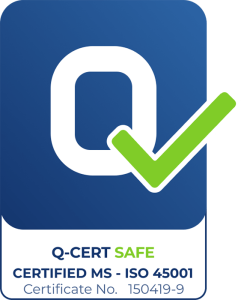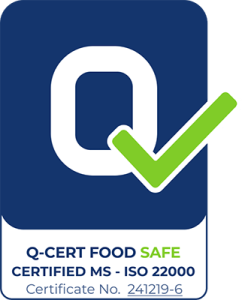Gallbladder and Gallstones
Overview
The gallbladder is a pear-shaped sac, located under the right lobe of the liver, on the right side of your abdomen. Its main function is to store bile produced by the liver. When we consume fatty foods, the gallbladder releases cholecystokinin, which causes the gallbladder to contract. Thus, bile is released from the gallbladder, and through tubular ducts, such as the cystic duct and bile duct, it reaches the small intestine. There the bile helps us digest fatty substances. Many of the problems in the gallbladder are caused by the presence of gallstones. They are hardened deposits of digestive bile and cholesterol that can form in your gallbladder, which precipitate at first forming crystals or so-called ‘sludge’.
Symptoms
What causes gallstones to form is not completely understood, but several risk factors increase the likelihood, including being a woman, using contraception, being overweight or obese, losing weight suddenly, prolonged parenteral nutrition, having a family history of gallstones and having had certain operations such as a gastric by-pass.
With the ingestion of fatty foods, the gallbladder contracts and stones are moved. If these stones move towards the cystic duct, they obstruct the flow of bile and cause the bladder to swell, resulting in acute abdominal pain, vomiting, indigestion and, in some cases, fever. In addition, if the gallstone passes through the cystic duct, it can block the common bile duct, causing jaundice (yellowing of the skin) or, if it also blocks the pancreatic duct, pancreatitis.
The presence of gallstones may be accompanied by symptoms (acute abdominal pain, vomiting, indigestion, tympany, etc.) but most often they are asymptomatic, and gallstones are discovered accidentally.
Diagnosis
The safest, most economical, and best way to diagnose gallstones is the upper abdominal ultrasound. Cholelithiasis (gallstones) can also be seen on a computed tomography (CT) scan.
Treatment
Treatment may be conservative, with painkillers, antibiotics in cases of cholecystitis, and a special diet. If you are symptomatic or have other special conditions, your medical team may recommend surgery. This is done through a laparoscopic cholecystectomy, which may require one day of hospitalization.
Why GMI
At the GMI, our medical team of internationally acclaimed physicians guide each patient through their entire journey, from their diagnostic work-up to their treatment and post-treatment care. Our patients will partner with physicians and surgeons who specialize in diagnosing and treating gallstones. The GMI team will never offer a simple “one size fits all” approach to any patient. We believe each patient’s case is as individual as they are and strive to find the best solution for each of our patients, taking their specific case and diagnosis, their lifestyle, and choices into account.
We believe each of our patients is more than their diagnosis. That’s why our dedicated paramedics team supports our patients by offering more than just expert medical care. We offer psychological help, integrative services (including yoga classes, and acupuncture) and have a GMI Patient Advocacy Program.
Adhering to our passion for innovation, and desire to progress the medical field, the GMI both initiates and participates in several clinical trials in which the most modern and advanced treatment concepts are tested.



